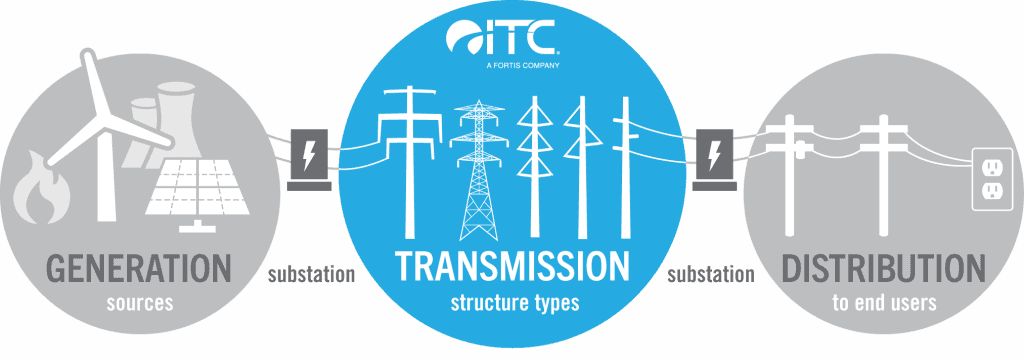NOVI – In a recent episode of MITech TV, we spoke with Nathan Benedict, director of regulatory strategy for ITC. He talked to us about FERC Order No. 1920, which will change the way electric transmission is planned across the country. Order 1920 institutes new requirements for how regional transmission grid entities evaluate transmission solutions to address longer-term demands on the electricity grid.

It sets the floor for the actions regional grid entities like MISO and SPP must take to plan for long-range grid needs. MISO, the regional transmission organization that oversees Michigan, has been a leader in forward-looking planning.
Michigan has benefitted from MISO’s proactive, holistic approach to address long-term transmission needs. Order 1920 effectively uses the successful long-range planning efforts in MISO as its foundation, builds on them, and requires this framework to be deployed across the country. Learn more at www.itc-holdings.com
Regional transmission grid entities will now need to study transmission needs over a long-term horizon of at least 20 years, and they must conduct these studies at least every five years using the latest data to inform views of potential electricity supply and demand over that horizon. Order 1920 lists seven specific benefits that regions must use to evaluate transmission solutions, including potential deployment of advanced technologies to meet transmission needs, and ensure that solutions selected to meet the future needs of the grid maximize those benefits. Cost allocation, or who pays for transmission, is often a challenge.
By taking a more complete view of benefits, Order 1920 helps stakeholders identify a fair method for allocating the cost of new transmission facilities, ensuring customers who pay for projects also benefit from them. In the event regional stakeholders cannot agree on a method for allocating costs, regional grid entities will have a FERC-approved cost allocation method that the region can fall back on to prevent delays caused by disputes over who pays.
In Order 1920, FERC authorized a right of first refusal, or ROFR, for “right-sized” projects. Whenever a transmission owner has an asset that is nearing the end of its life, the new transmission planning process will evaluate whether it should be replaced as-is or if it should be “right sized” to provide additional capacity for longer-term transmission needs. If the assets due for replacement can be right-sized, the incumbent utility replacing its assets (such as ITC) will have the first right to build the right-sized regional project.
FERC is relying on the certainty provided by ROFR to ensure projects are optimized and transmission infrastructure is developed quickly. It takes 7-10 years to build the transmission infrastructure needed to support energy needs. That’s why this planning rule is so important. Order 1920 will help accelerate the build-out of the grid of the future, facilitating the integration of renewable energy sources and advancing the transition to a cleaner, more sustainable energy landscape — across the country and in Michigan.






